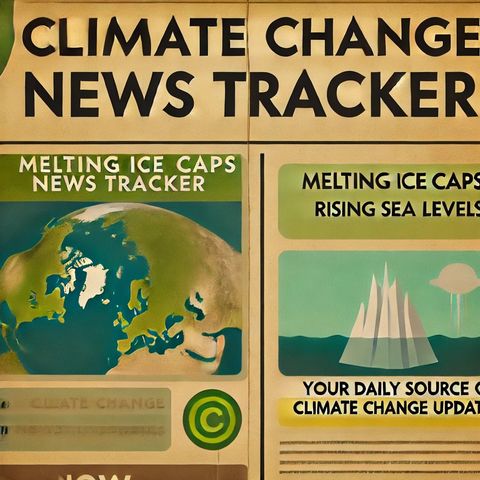Striking the Balance: Optimizing Solar Energy Expansion for Ecological Sustainability

Download and listen anywhere
Download your favorite episodes and enjoy them, wherever you are! Sign up or log in now to access offline listening.
Striking the Balance: Optimizing Solar Energy Expansion for Ecological Sustainability
This is an automatically generated transcript. Please note that complete accuracy is not guaranteed.
Description
The rapid expansion of large-scale solar energy facilities is a crucial step toward meeting the increasing electricity demands in the United States. The Desert Southwest, a region boasting ample sunlight,...
show moreUSGS's study focuses on the dual aspects of construction and operational phases of solar facilities and their influence on regional ecosystems. Plants and animals in the desert are uniquely adapted to their harsh environment, but this specialization can also make them vulnerable to changes in their habitat. Key species studied include desert tortoises, various bird species, and native vegetation that might be displaced or otherwise affected by these developments.
The framework developed by USGS aims to predict how different species might respond over time as solar facilities proliferate. This involves complex modeling that considers both direct effects, such as habitat loss, and indirect consequences, like changes in the microclimate or the introduction of invasive species. For example, the shade created by solar panels can affect the growth patterns of some plant species while offering advantageous shelter to certain animals.
Mitigation strategies are a central focus of this research. One proposed method is the careful planning and siting of solar facilities to avoid ecologically sensitive areas. For instance, using land that has already been disturbed or degraded can reduce the need to clear pristine habitats. Moreover, implementing technology that minimizes land use, like higher-efficiency solar panels, can further lessen the environmental footprint of solar energy projects.
Additionally, habitat restoration post-construction and regular monitoring of affected species could help in maintaining ecological balances. Creating corridors for wildlife movement and ensuring that native plant species are part of the landscape design can also aid in minimizing impacts.
Ultimately, the USGS study highlights the importance of balancing renewable energy development with ecological sustainability. Incorporating scientific predictions and mitigation strategies into the planning phase can help protect biodiversity while encouraging sustainable energy solutions. As the U.S. continues to embrace solar power, informed decision-making rooted in research like that of the USGS will be essential to foster a harmonious coexistence between advancing technology and preserving natural habitats.
Information
| Author | QP-4 |
| Organization | William Corbin |
| Website | - |
| Tags |
Copyright 2024 - Spreaker Inc. an iHeartMedia Company

Comments